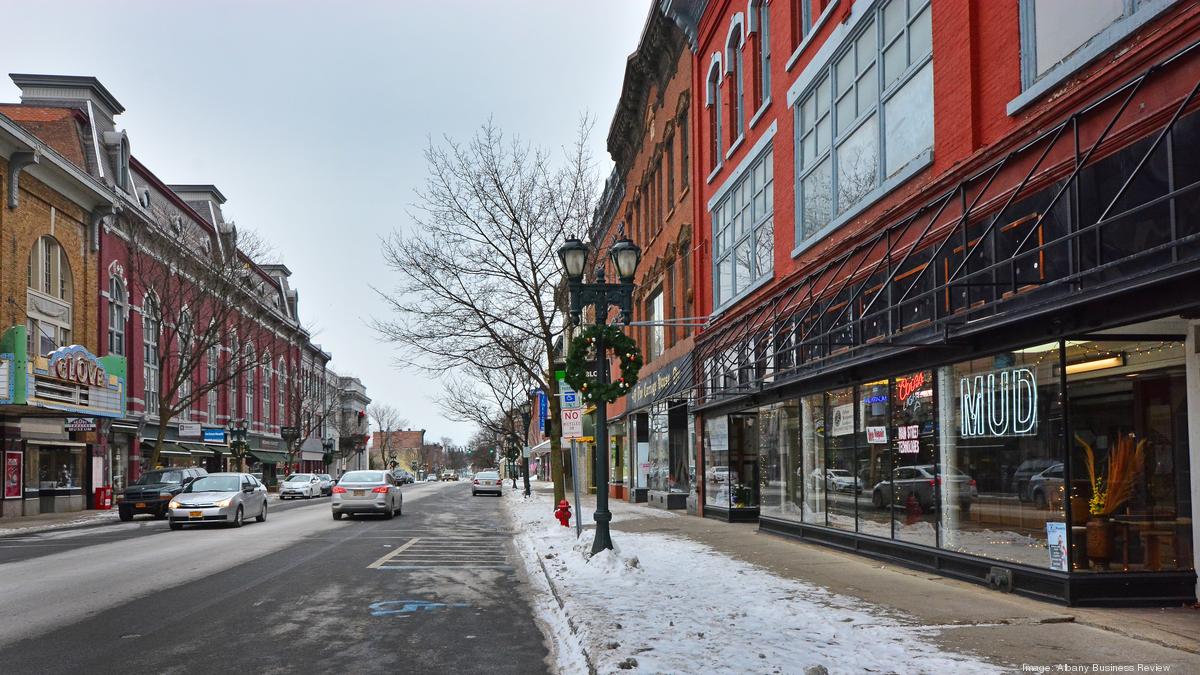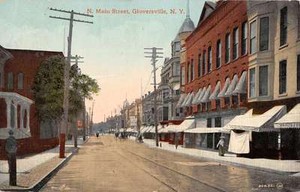
In 2019, Mayor Vincent DeSantis ( D) proposed economic revitalization plans. In 2018, redevelopment plans of downtown Gloversville were revealed. The city's population peaked at 23,634 in 1950 and had since fallen to 15,665 people in 2010. Many houses were abandoned when people moved out of town to find jobs elsewhere.

#CENTURY LINEIN IN GLOVERSVILLE NY WINDOWS#
įollowing the Great Depression, the decline of the glove industry left the city financially depressed with many downtown storefronts abandoned and store windows covered with plywood.
#CENTURY LINEIN IN GLOVERSVILLE NY MOVIE#
Gloversville also became the main headquarters for the Schine movie industry in the mid-20th century. Freight operation continued through this era. In 1932, in a bold move during the Great Depression it acquired unique bullet cars in an attempt to revive the economy. It ran from Gloversville, through Johnstown, along the Mohawk River to Amsterdam, then to Scotia, then across the Mohawk River, and into downtown Schenectady to the New York Central station. Until 1936, Gloversville had a very active electric interurban line, the Fonda, Johnstown and Gloversville Railroad. Related businesses, such as box makers, sewing machine repairmen, and thread dealers opened to serve the industry. Home workers sewed the gloves from leather which had been cut in factories.

Glove-making operations had gradually changed from being home-based to being factory-based, and large tanneries and glove shops employed nearly 80% of the residents of Gloversville area. The city grew rapidly, and the population swelled from 4,000 in 1877 to 13,864 in 1890. In 1853, Gloversville incorporated as a village, and then in 1890 as a city. Prior to that Gloversville had been known as "Stump City" because of the large number of trees that had been cut down. Upon the establishment of a United States post office in 1828, "Gloversville" became the official name of the community. From 1890 to 1950, 90% of all gloves sold in the United States were made in Gloversville. The city would become the center of the American glovemaking industry for many years. The proximity of hemlock forests to supply bark for tanning made the community a center of leather production early in its history: there were already 40 small glove and mitten factories there by 1852. In 1852 Gloversville had a population of 1,318 living on 525 acres in 250 small wood-frame houses centered on the "Four Corners" formed by the intersection of Main and Fulton Streets. Of the families, 191 are of English descent, twenty-three Scotch, fourteen Dutch, and five Irish." By 1803, according to Elisha Yale, the population of Kingsborough consisted of "233 families and about 1,400 souls. Puritans from New England settled there at the end of the 18th century, utilizing the houses and cleared land that had been left behind when the Highlanders emigrated. In 1752, Arent Stevens purchased land in the area. The Highlanders were so loyal to Johnson that when he died in 1774, they followed his son to Canada.

In reward, Johnson was granted the Kingsborough Tract, a large parcel of land which was settled by Scottish Highlanders.

It was due to Johnson where the Six Nations Iroquois Confederacy remained allied with England during the French and Indian War. The region, historically known as "Kingsborough", was acquired by Sir William Johnson, 1st Baronet, who established tremendous influence with the Native Americans of the area, which translated into control of the Mohawk Valley region. Settlers came to the Gloversville area as early as 1752.


 0 kommentar(er)
0 kommentar(er)
